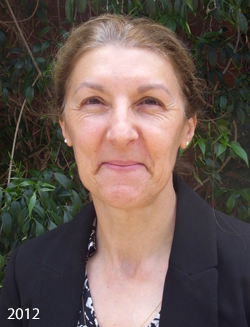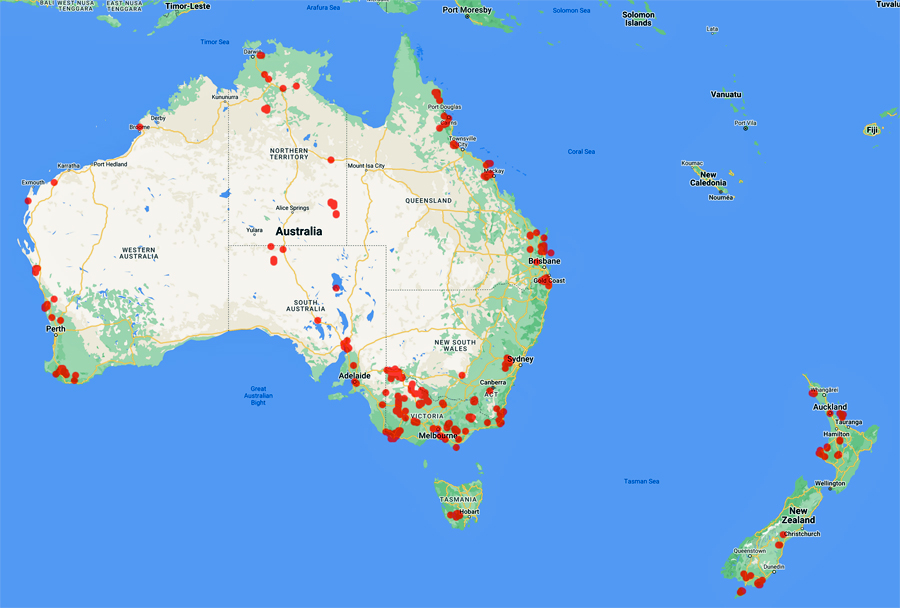
Council of Heads of Australasian Herbaria
Australian National Herbarium
Biographical Notes
 |
Council of Heads of Australasian Herbaria |
 Milne, Josephine (Pina) (1957 - )
Milne, Josephine (Pina) (1957 - )born in Melbourne, Australia, in 1957;
Milne completed a Bachelor of Education in Environmental Studies in 1978, with a double major in Biology and Geography. She then taught biology, science and geography for eleven years at Our Lady of the Sacred Heart Secondary College, in Bentleigh, Melbourne. Following this, Milne tutored students in animal biology, genetics and human physiology at Deakin University, before beginning a PhD on the reproductive biology of four species of the moss genus, Dicranoloma.
In April 1997, Milne took up a short-term position at the Royal Botanic Gardens Victoria databasing moss specimens. She was asked to stay on and began to work on several projects, including with mycologist Tom May. This work yielded several publications, including one volume of the Fungi of Australia. Milne also worked on flora treatments of mosses with Niels Klazenga, as well as the 'Forgotten Flora Project' alongside Teresa Lebel and Anneke Veenstra.
In 2006, Milne was appointed Manager of Collections at the National Herbarium of Victoria. During this time, she was responsible for all aspects of collections management and making the collection accessible to researchers in Australia and around the globe.
In her own words:
"During the course of the four year degree, I developed a passion for botany and physical geography. My first encounter with bryophytes was during the third year of my degree where I was required to complete a research project. I decided to focus on desiccation tolerance in plants. For the project I needed plants that were small enough to fit into a chamber attached to an oxygen electrode. Bingo - bryophytes!
"After graduating, bryophytes were put on hold as I pursued a teaching career in a secondary school, then as a tutor in a university and bringing up two daughters. It was whilst tutoring that I decided to complete a postgraduate degree. I returned to bryophytes and focused on the reproductive biology of the moss genus Dicranoloma in cool temperate rainforests. Over a three year period I collected and examined plants to track the development of males and females. A steady hand was essential when dissecting dwarf males that are a distinctive character of the genus. I also became fascinated by the invertebrates that inhabited these plants, mites in particular. By the end of the project, I was hooked on bryophytes, mosses in particular."
A more detailed biography is available at: https://bryology.org/josephine-pina-milne/
Source: Extracted from: Wikipedia https://en.wikipedia.org/wiki/Josephine_Milne
Bryological Times 155 - Special Edition: Women in Bryology (2022)
Portrait Photo: M.Fagg, 2012
Data from 3016 specimens
